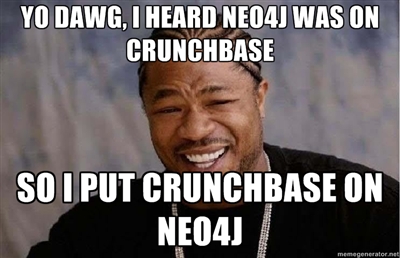I started my software development career writing applications for a Call Center at a small bank in Florida. I remember the bank had purchased whatever the “Cadillac” of Interactive Voice Response (IVR) systems was then for some crazy amount of money. Today you can build an IVR overnight using Twilio.
When you sign up with Twilio, you get to choose your phone number (more or less). For example, I picked +1 (636) 451-7411, which spells out +1 (neo) 4j1-7411. If you were to call this number right now (assuming I have not run out of Twilio credits) you’ll connect to my IVR.
Continue reading









